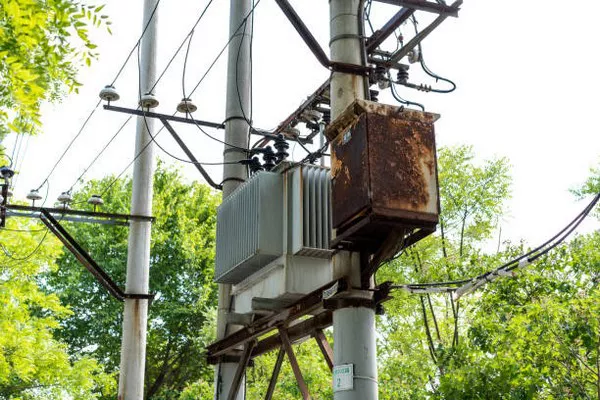Transformers are essential components in electrical systems, allowing for the efficient transmission and distribution of electricity across various voltage levels. Among the different types of transformers, step-up and step-down transformers play crucial roles in numerous applications. Understanding where these transformers are used is fundamental in grasping their significance in diverse industries and everyday life.
Understanding Step-Up and Step-Down Transformers
Step-Up Transformers: Elevating Voltage Levels
Step-up transformers are designed to increase the voltage from the input side to the output side. They typically have more turns in the secondary winding than in the primary winding, resulting in a higher output voltage compared to the input voltage. These transformers are vital in applications where high voltage is required, such as in power transmission and distribution systems.
Step-Down Transformers: Decreasing Voltage Levels
Conversely, step-down transformers are engineered to decrease the voltage from the input side to the output side. They have fewer turns in the secondary winding than in the primary winding, leading to a lower output voltage compared to the input voltage. Step-down transformers are extensively used in situations where lower voltage levels are necessary, such as in household appliances and electronic devices.
Power Transmission and Distribution
High Voltage Transmission Lines
Step-up transformers are indispensable in power transmission networks, where electricity generated at power stations needs to be transmitted over long distances. By stepping up the voltage to very high levels—typically in the range of hundreds of kilovolts—these transformers enable efficient long-distance transmission. High voltage reduces energy losses during transmission, as lower currents are required for the same power transfer according to Ohm’s law.
Substations and Distribution Networks
At substations, the voltage is stepped down using transformers before being distributed to consumers. Step-down transformers are crucial components in these substations, reducing the voltage to safer levels suitable for residential, commercial, and industrial use. They ensure that electricity reaches end-users at appropriate voltage levels for their intended applications.
Industrial Applications
Heavy Machinery and Equipment
Many industrial processes rely on heavy machinery and equipment that operate at specific voltage requirements. Step-up transformers are often employed to provide the necessary high voltages for these machines to function optimally. Industries such as manufacturing, mining, and construction heavily depend on step-up transformers to power their equipment efficiently.
Arc Welding
Arc welding, a common industrial process for joining metals, requires high electrical currents. Step-down transformers are utilized to reduce the voltage from the power supply to levels suitable for welding applications. These transformers ensure the safety of welders while delivering the required power for effective welding operations.
Renewable Energy Systems
Solar Photovoltaic (PV) Systems
In solar PV systems, step-up transformers are utilized to increase the voltage of the electricity generated by solar panels. This elevated voltage is necessary for efficient transmission over long distances to the grid or for storage in batteries. Step-up transformers play a crucial role in maximizing the efficiency of solar energy systems by facilitating the integration of renewable energy into the existing electrical grid infrastructure.
Wind Turbines
Similar to solar PV systems, wind turbines generate electricity at relatively low voltages. Step-up transformers are employed to elevate this voltage for transmission to the grid or for storage purposes. These transformers help harness the power generated by wind turbines effectively and contribute to the expansion of wind energy as a sustainable power source.
Residential and Commercial Applications
Voltage Regulation
In residential and commercial buildings, step-down transformers are commonly used to regulate voltage levels supplied to electrical outlets. These transformers ensure that the voltage delivered to appliances and electronic devices is within safe operating limits. By stepping down the voltage from the main supply, they protect sensitive equipment from damage due to voltage fluctuations.
Electronics and Appliances
Step-down transformers are integral components of various electronic devices and appliances used in homes and offices. Devices such as laptop chargers, mobile phone chargers, and audio equipment often contain built-in step-down transformers to adapt high-voltage mains electricity to the lower voltages required by the devices. These transformers enable safe and efficient operation of electronic gadgets and household appliances.
See Also The Power of Toroidal Transformers: Applications & Advantages
Conclusion
Step-up and step-down transformers play indispensable roles in diverse applications across industries and everyday life. From power transmission and distribution to industrial processes, renewable energy systems, and residential/commercial use, these transformers facilitate the efficient and safe transfer of electrical energy at different voltage levels. Understanding where these transformers are used underscores their significance in ensuring reliable electricity supply and powering various technologies essential for modern living. As technology continues to evolve, the importance of step-up and step-down transformers in enabling efficient energy utilization and distribution is poised to grow further.

